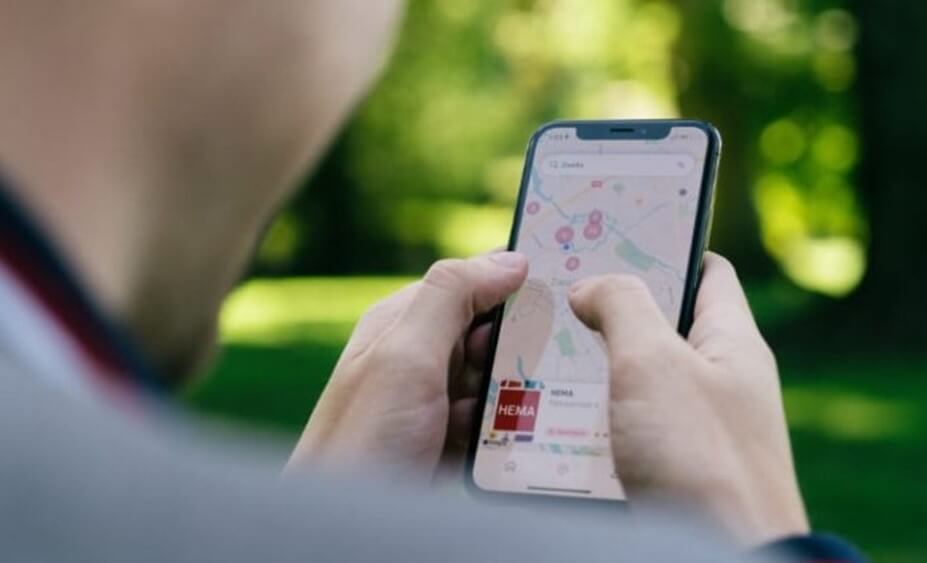Written by Suzanne Walker, Consultant Engineering – Mirragin
The way you drive around your local area is probably a bit different to how Google would direct you. There are probably some intersections you avoid, areas you know clog up at certain times, and maybe key areas that people use to ‘hoon’.
Your lived experience gives you insight into how the local area works. This is more obvious when you see someone new to the area get confused. For example, I forget that I can’t assume people know how to use the unusual multiple roundabout intersection in Mooroolbark, Victoria (near where I grew up). Similarly, roads that are technically one lane but are treated as two.
We have innate knowledge that is so valuable to understanding how the transport network works, and yet it can’t easily be captured by our typical industry approaches.
I mention this gap in industry approaches, to flag that our scientific bias for a nice report with data, can’t be relied upon to show the whole picture. Moreso, it shouldn’t be used to fact check the local knowledge. Despite this, it is typically given precedence for decision making.
Community engagement has many purposes, but once a project has been scoped, very rarely do we take advantage of collecting local knowledge. It can be argued that if the project has been assessed to be needed, other issues in the community are not relevant. But there are often efficiencies in combining similar projects, or benefits in streamlining designs across locations needing similar changes. Sometimes it can be just a little change to scope within the project boundary that would solve an existing issue. Alternatively, a key point about community movements that the project will make difficult.
I want to note here the really cool online mapping used in community engagement. Local councils particularly, use it to ask the community to identify areas of concern or areas for improvement. However this is a short term engagement, and the typical way to raise issues is to personally message or call the council – upside of this is that it turns out personal complaints are a motivating factor for councils to fix things.
Unfortunately it isn’t as simple as being open to learn about the local knowledge. Community engagement is plagued with:
- Participation bias – on average over 70% of participants for a project’s engagement are middle aged, highly educated, white men – clearly a diverse cross section.
- Participation fatigue – people get sick of answering surveys and being spammed with information, and so engage even less.
- Access – language barriers, modes of engagement, time of engagement, empowerment of a demographic and more, all restrict members of the engagement process even if they had views they would like to share.
It isn’t an easy fix – how many things ever are? But we need to be aware of what we are missing, and try to bridge this knowledge gap.

Suzanne is an experienced engineer with a passion for problem solving, leadership, research informing best practice, and making a positive impact. She has a wide range of multidisciplinary experience, across traffic, rail, major road infrastructure projects, OEM manufacturing, STEM research, and project management. Suzanne started with Mirragin in January 2022 and is now working with drones, autonomous systems, and AI. Suzanne is also undertaking a PhD exploring how community knowledge can be implemented better in engineering projects to improve design outcomes.

